Hidden Dangers
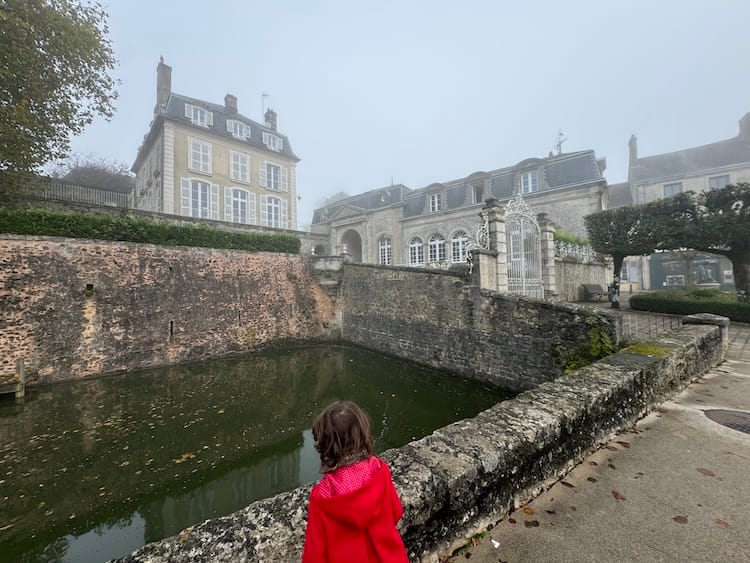
Friday, 23 May
After six years in the Perche, it can still surprise me: we live without another house in sight, yet a charming town big enough to satisfy most of our needs is a scant 10-minute drive away. On its outskirts, there is even a hilly golf course to keep my husband David fit and happy.
Bellême, population 1457, is classified as une petite cité de caractère. Its narrow streets wind up and around the remains of old walls and are lined with handsome hôtels (townhouses). It's hard to imagine a more picture-postcard, tranquil place.

But it has not always been so - and a recent incident begs the question of where things are heading.
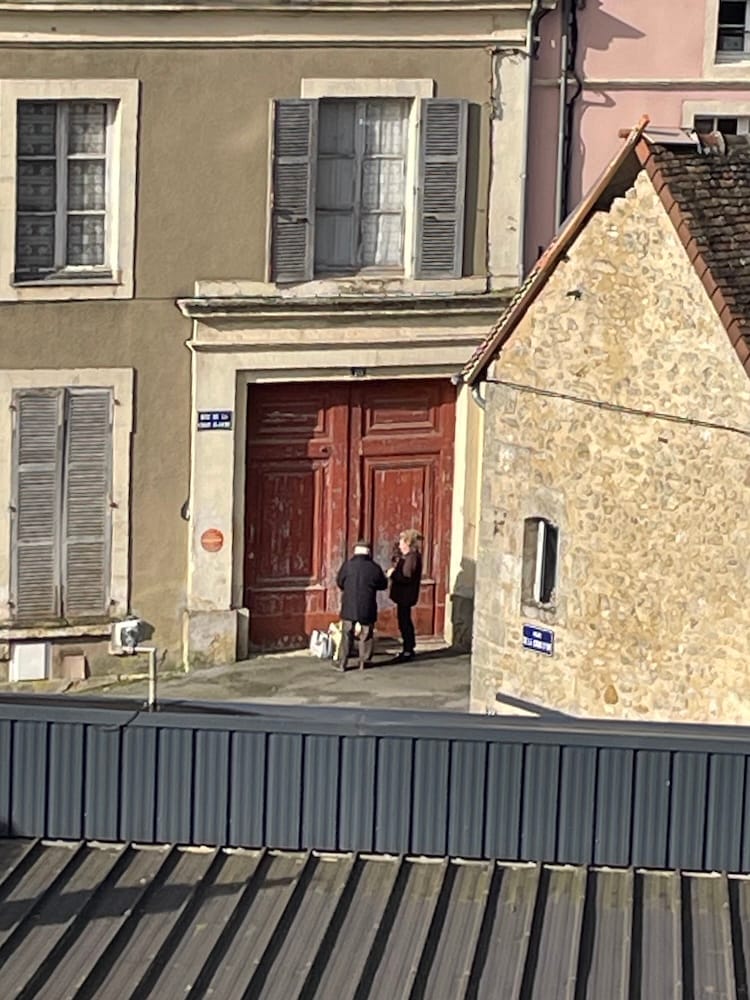
The site was originally a Druid or Gallic stronghold that was then replaced by a medieval fortress, part of which is still standing...

War was a constant during the Middle Ages, with the most famous conflict occurring in 1229. King Louis VIII had recently died and his wife Queen Blanche de Castille was acting as regent until their already crowned but young son Louis IX reached adulthood. Although Blanche had handed over Bellême and its surroundings to the local lord Pierre de Dreux, he did not like having a woman in charge. Wanting more land - let's call it his Greenland/Canada moment - he had "the imprudence and ingratitude to take arms against the Queen," according to Bellême, Notes Historiques.
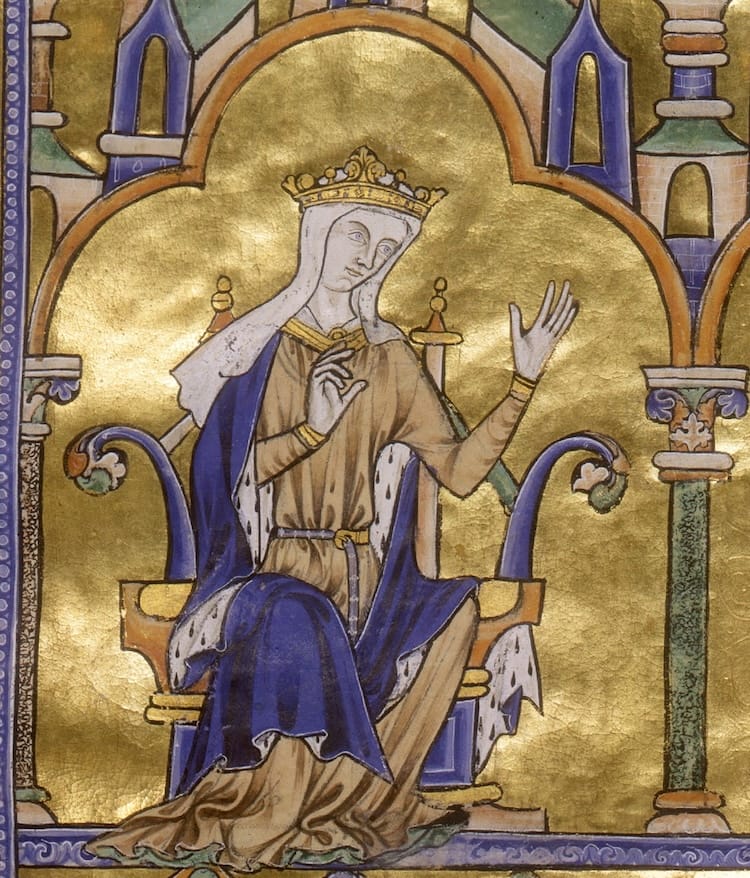
But la Reine Blanche was une femme de caractère, determined to protect her child (and probably power too). With young Louis in tow, she besieged the purportedly impenetrable fortress of Bellême. It took three months, but her army eventually broke through the wall and ousted pesky, presumptuous Pierre. There she stayed for the education and coming of age of her son, who went on to become King Saint Louis.
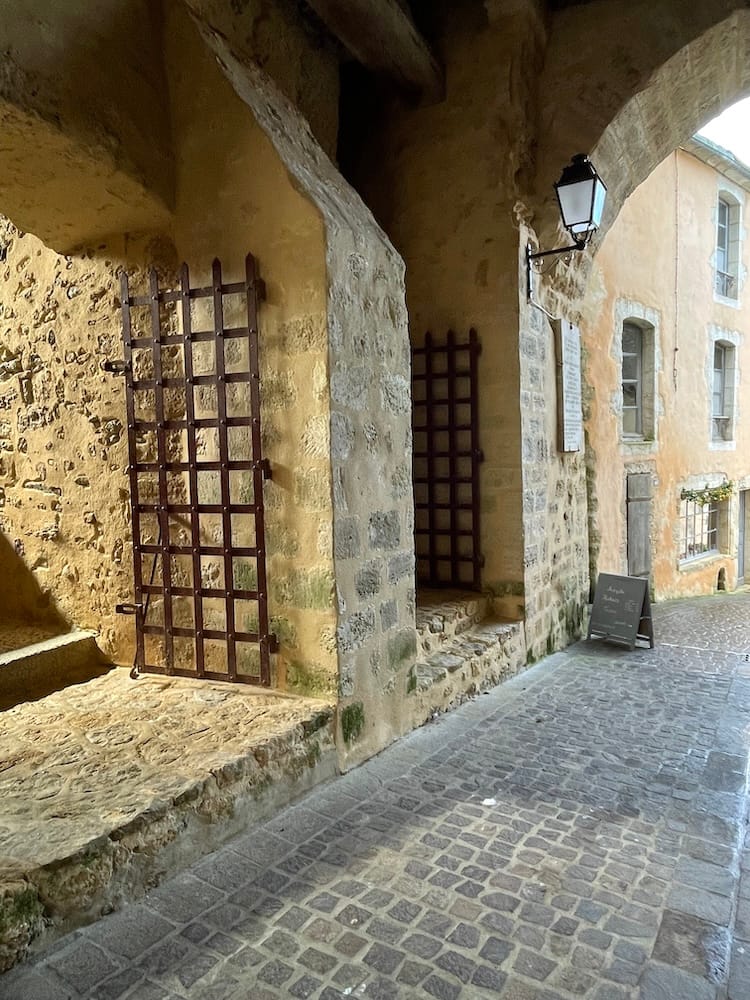
After many more wars, the bastion became a town. By the 17th century, the hôtels were going up and living was more bourgeois. During the 1789 Revolution things got nasty again - a priest was drawn and quartered, his head paraded through the streets on a picket - and during the 1870 Franco-Prussian War, the town was occupied and pillaged by the 15,000-strong invading army.
Today Bellême is a pleasing mix of small-town tradition and urban sophistication (due in part to the most recent invading army, Parisians like us). Mingled among the bakers, butchers and cheesemongers are crafts and clothes shops, antique dealers and book sellers. A grocery store sells fruit, vegetables and local products, another only organic goods. There are two tasty eateries, our favourite being (fyi) the wine bar La Verticale.
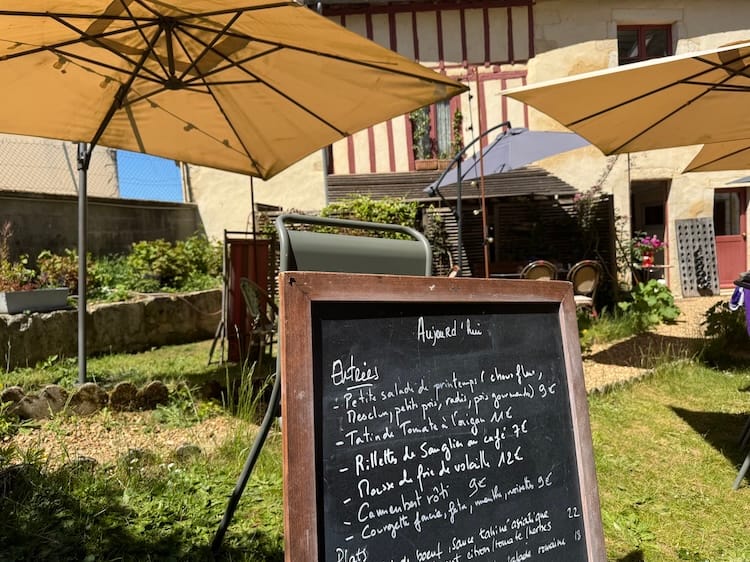
Every Thursday morning since at least the 18th century (according to the journal of a local noble that I read), there's a market on the church square.
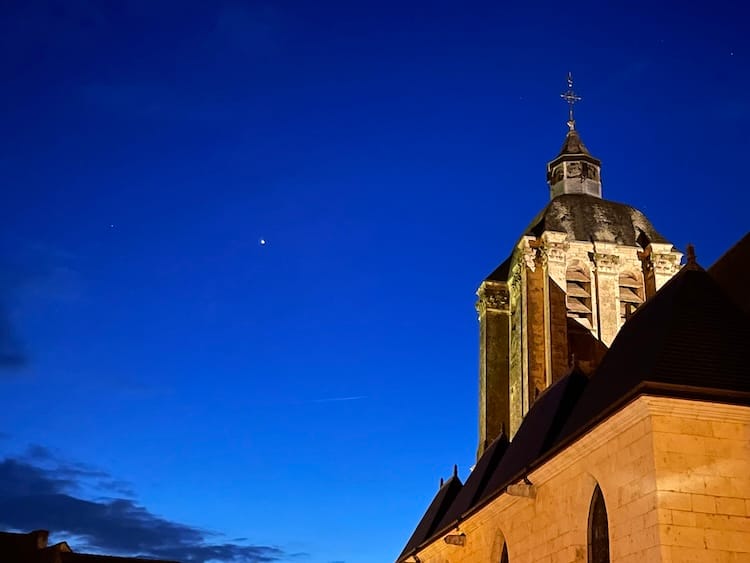
But it's not all blue skies.
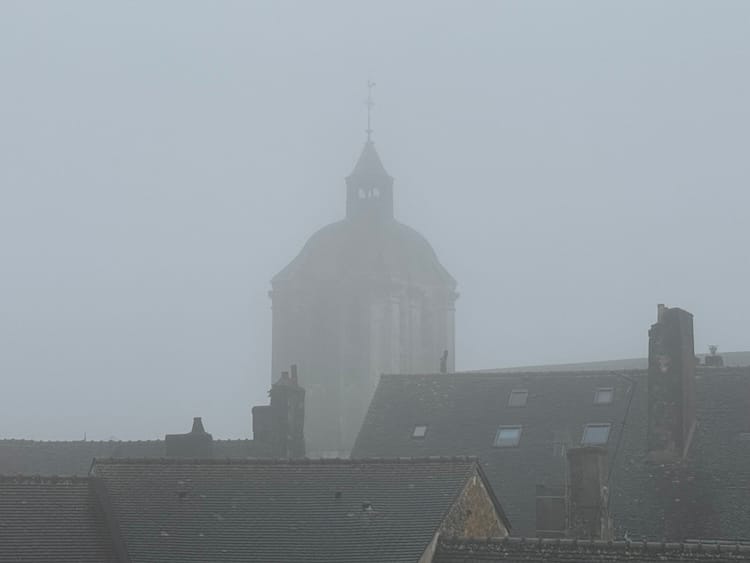
A month ago, on the night of April 26th, a group of thugs vandalised and turned over cars, set a garage on fire, damaged shopfronts. More shockingly, they surrounded and threw stones at a hapless individual. According to the newsagent, it started in the car park next to the cemetery just after midnight, when the street lights went off. As the malfaiteurs got worked up, they became more brazen and set off on a tear throughout the town.
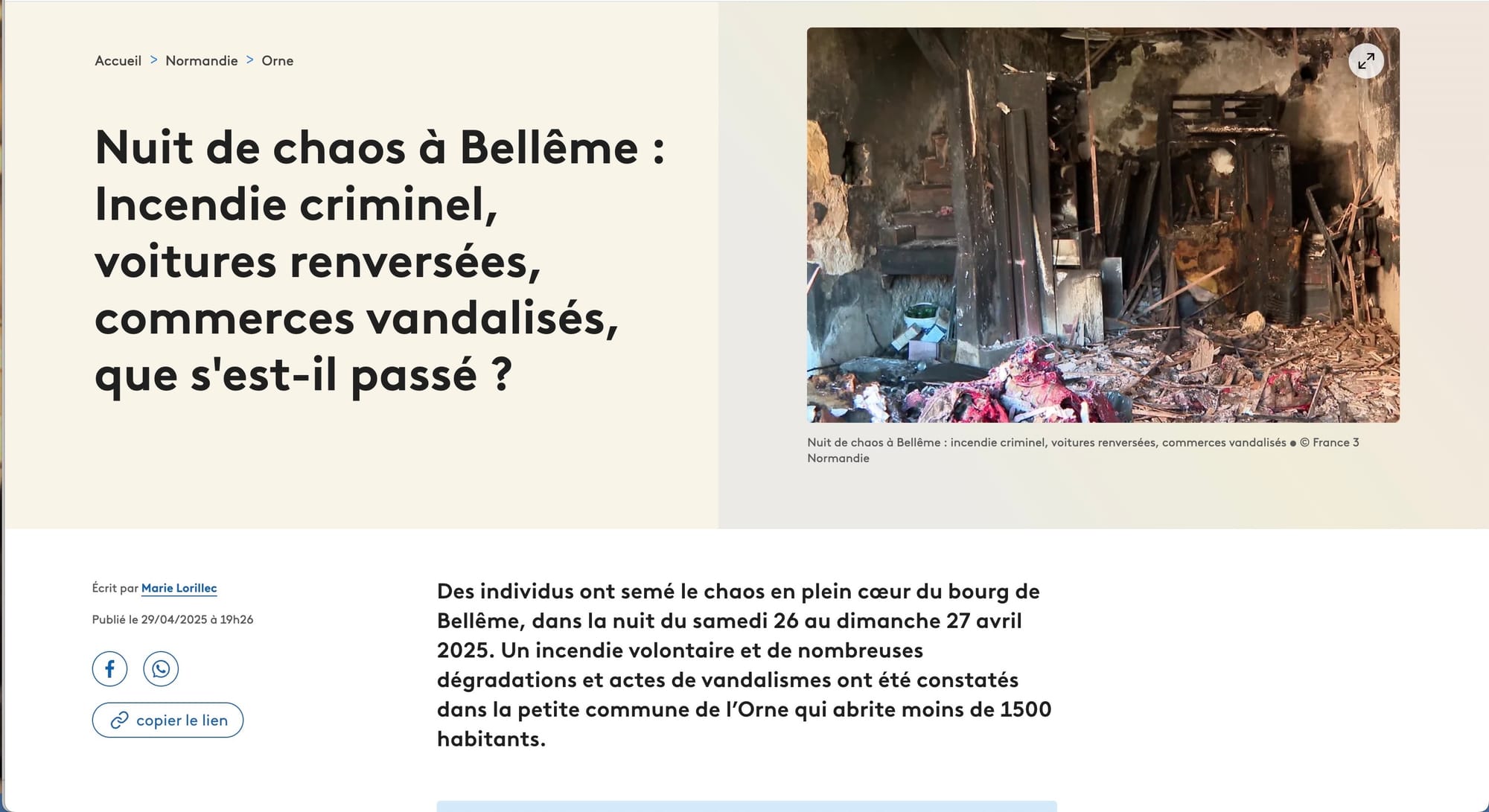
Thirty-seven damage claims were filed, but who could have caused such destruction was a mystery - peaceable Bellême has no video cameras. A sweeping investigation by 50 gendarmes (huge, in Perche terms) yielded leads 10 days later. At 6am on May 8th, just hours before the celebrations for the end of World War II in Europe were to take place, officers fanned out, knocking on doors and pulling suspects out of bed. Turns out all nine of them were under 21, including six minors, aged 14-17.
The town was sous le choc. This is not a place where you see groups of disaffected youth kicking about, looking for trouble.
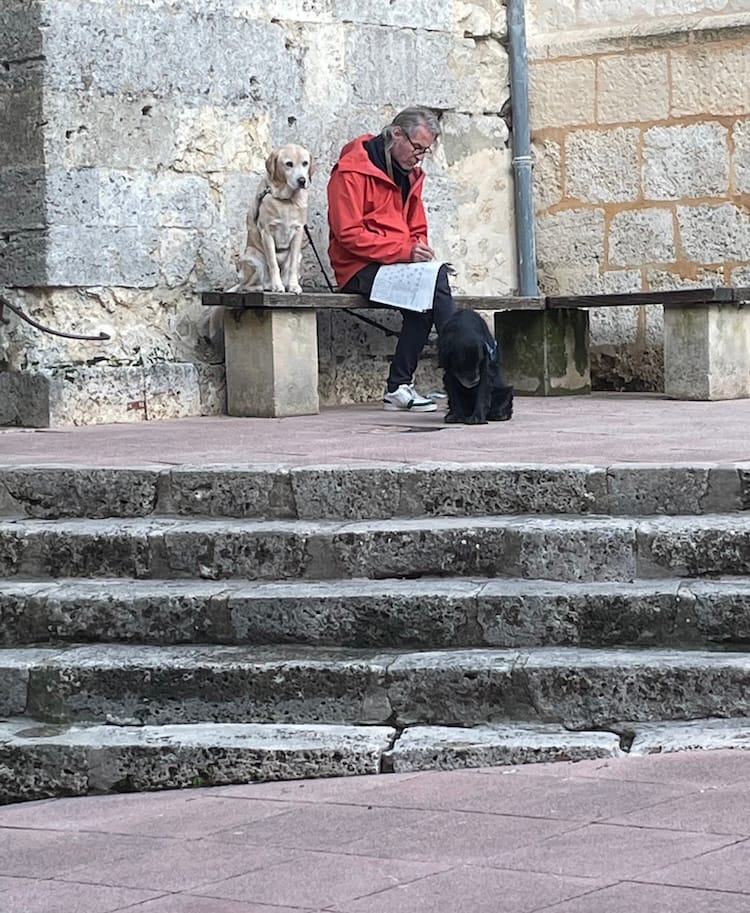
The incident may have been no more than un faits divers, a one-off local event; I'm not sure that prior to this violence, there even was a crime rate. But as the news agent said: "What were those kids doing out at that hour? Where were their parents? What could have made them want to destroy everything in sight?"
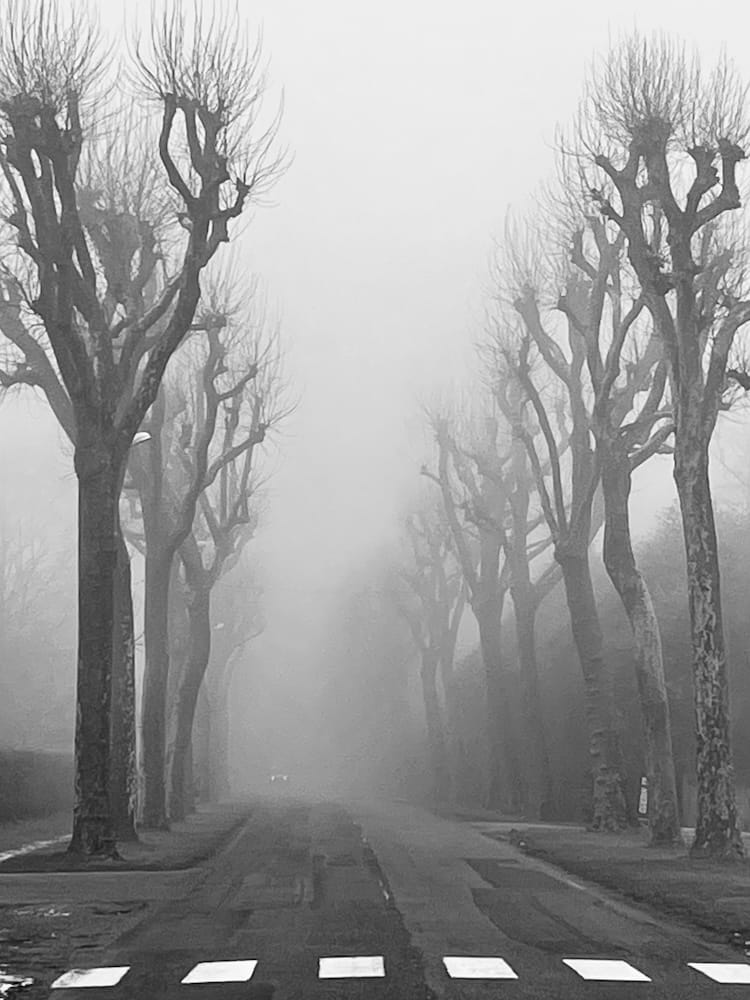
There is a reason our house is so close to Bellême. It was one of several seigneuries built in the 16th century to encircle the town and provide protection from outside invasion. But what do you do in the 21st when the danger comes from within?